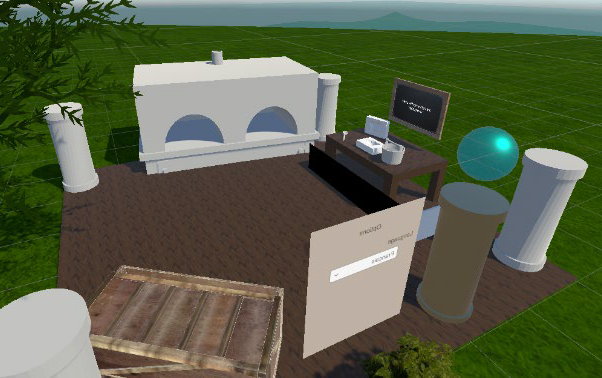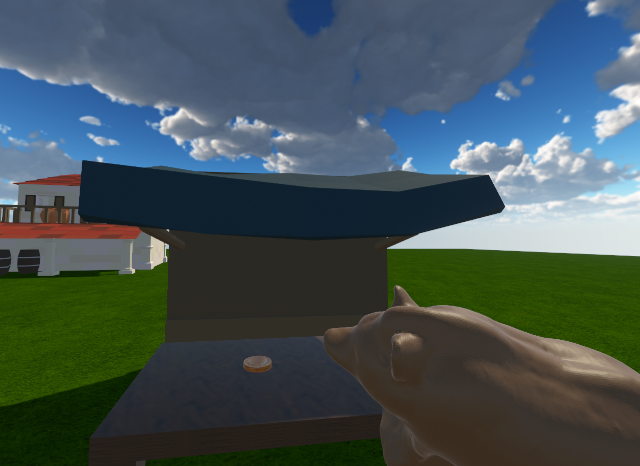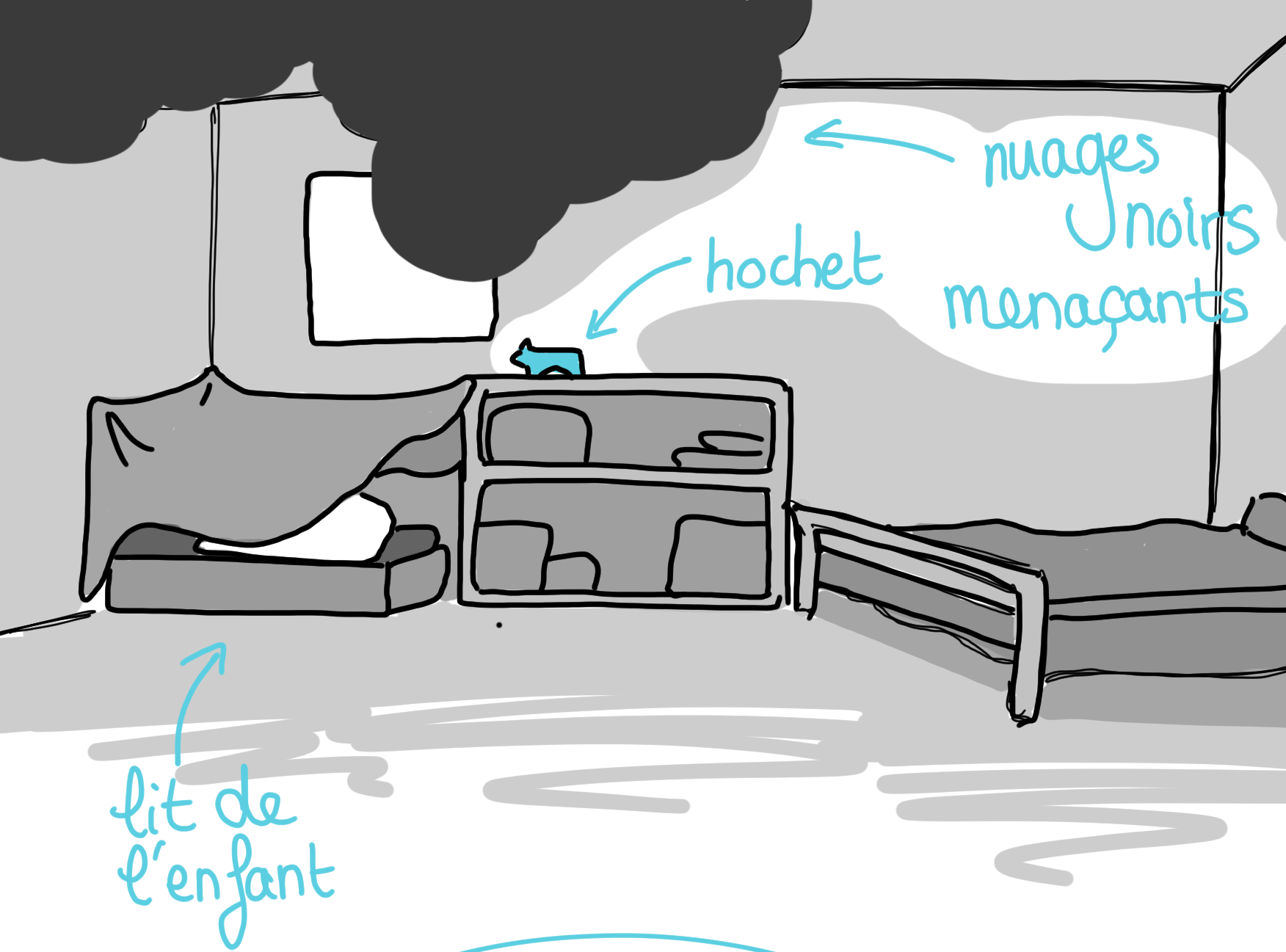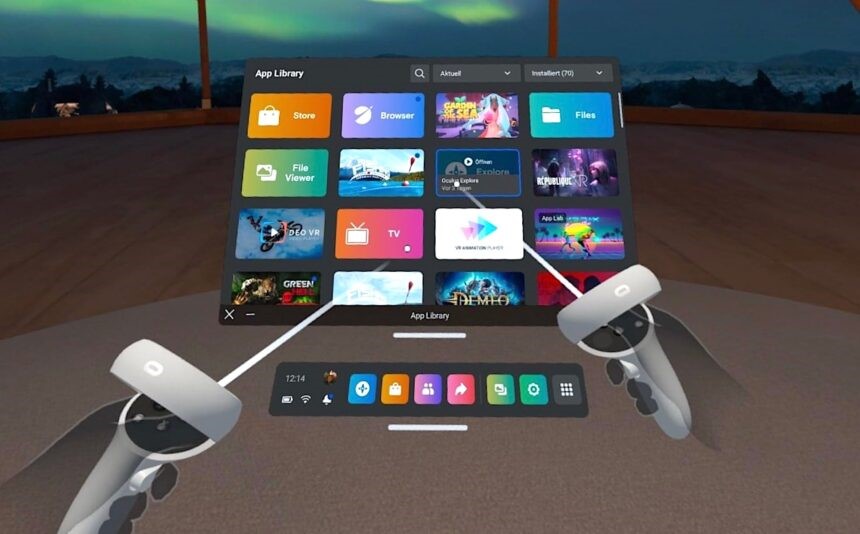COntext
As part of a fourth-year project, we - six students at INSA Rennes - are creating a virtual reality application in collaboration with the Museum of Fine Arts of Rennes. Our aim is to highlight an artefact, to understand certain aspects of it that could not be perceived through a museum window. The use of virtual reality allows us to make this experience more playful, to attract a younger audience to the museum.
The artefact
It is a rattle in the shape of a piglet, made in Greece between the 4th and 3rd centuries BC.
It is currently kept in the archives of the Museum of Fine Arts of Rennes, because its main interest, which is sound, cannot be developed without letting the user interact with it, and therefore exposing it to damage.
.png)
Virtual reality
Virtual reality is a technology that immerses a person in a digitally created artificial sensory world. It is increasingly being used in various areas of everyday life, including the entertainment, ́education and tourism sectors.
The groups that were able to work on this project in previous years have already completed a similar application on a cat mummy from ancient Egypt.
.png)








